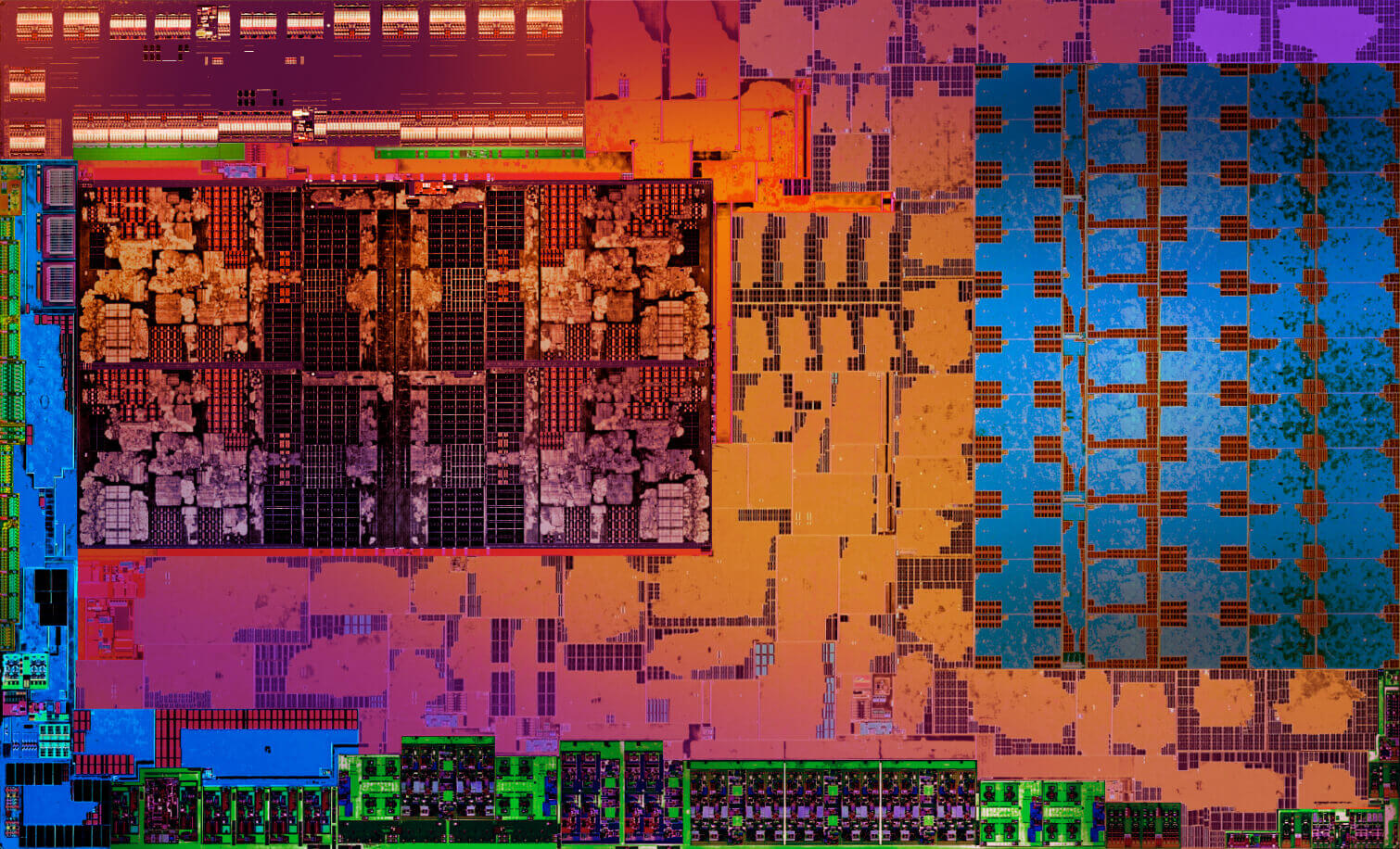Why it matters: AMD is using GlobalFoundries to repackage 2400G and 2200G Ryzen processors into a notebook package (FP5 BGA) which will allow consumers to enjoy desktop-class performance in a notebook-class device.
AMD has discreetly introduced two new laptop APUs dubbed the Ryzen 7 2800H and Ryzen 5 2600H, based on the Raven Ridge design, with Vega-powered graphics, for the gaming notebook segment.
While the company has made no official announcement, these can now be found on AMD's website listings for mobile processors.
The Ryzen 7 2800H boasts a base clock of 3.3GHz and a max boost clock of 3.8GHz. It also features 704 SP (11 compute units, 64 stream processors per unit), clocked at 1300MHz. Its little brother, the Ryzen 5 2600H sports a base clock of 3.2GHz and a max boost of 3.6GHz, with considerably less GPU horsepower (512 stream processors). The Vega GPU cores are clocked at 1100MHz. In both cases, AMD has also improved memory support for DDR4-3200, which should help feed those hungry GPU cores in that shared memory configuration.
Despite being classed in separate Ryzen families (i.e. Ryzen 5 and Ryzen 7), both APUs are four-core eight-thread designs. These can be configured to work in 35~54W TDP scenarios, which give notebook manufacturers more options than Raven Ridge (15W).
Looking at AMD's current roster of APUs, the 2800H and 2600H take pages from the desktop 2400G and 2200G playbook, with similar design characteristics, but overall, the 2800H will be a faster gaming processor than the desktop, 65W, Ryzen 5 2400G due to its higher-clock GPU cores and the increased bandwidth when using DDR4 3200. The 2400G, in fact, is so similar to the 2800H, we believe we are looking at the same CPU, but possibly a different stepping, with better (and configurable) thermals, in the FP5 packaging. The Ryzen 5 2600H on the other hand is a clone of the 2200G in much the same way.
Like the 2400G and 2200G before them, the new APUs support SenseMI and FreeSync. As BGA-mounted CPUs, however, no retail pricing is provided for these CPUs as they exist, generally, as OEM components.
AMD continues to manufacture its mobile processors at GlobalFoundries and are yet to take full advantage of the most advanced fabrication process available (12nm at TSMC). AMD's Picasso and Matisse designs are expected to turn up next year, built on Zen+ (12nm), which would take the APU manufacturing away from GlobalFoundries and to TSMC.
